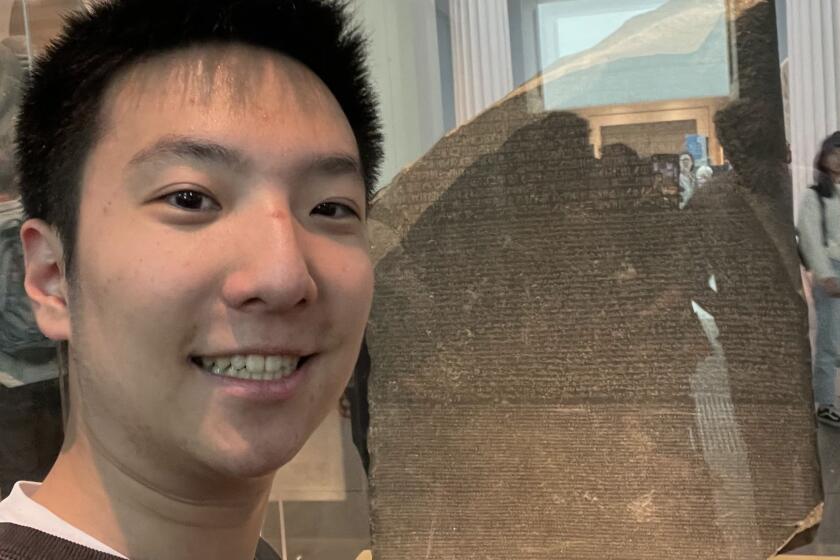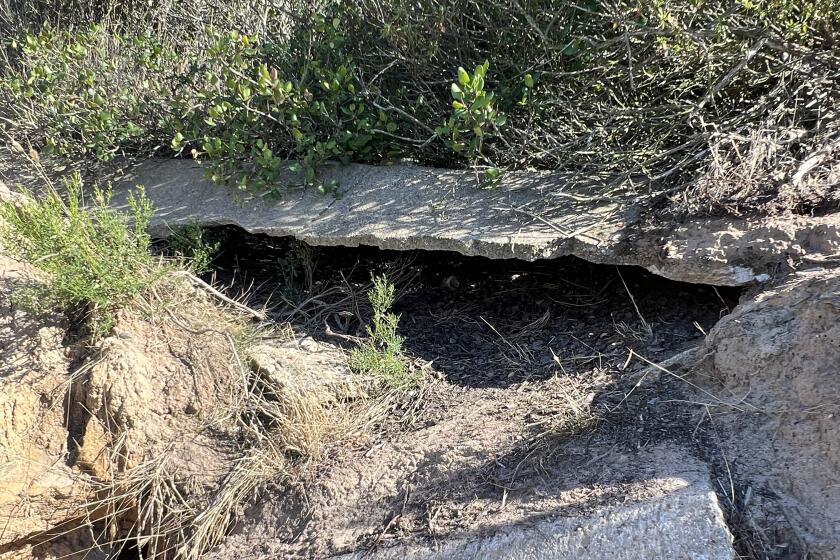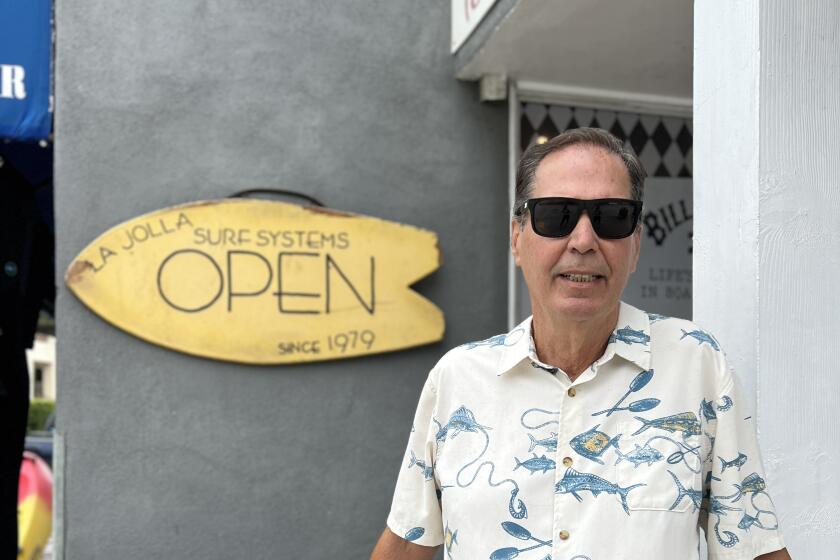Leaving San Diego? Series, Part 2: What are the hurdles to La Jolla secession, and who’s trying to jump them?
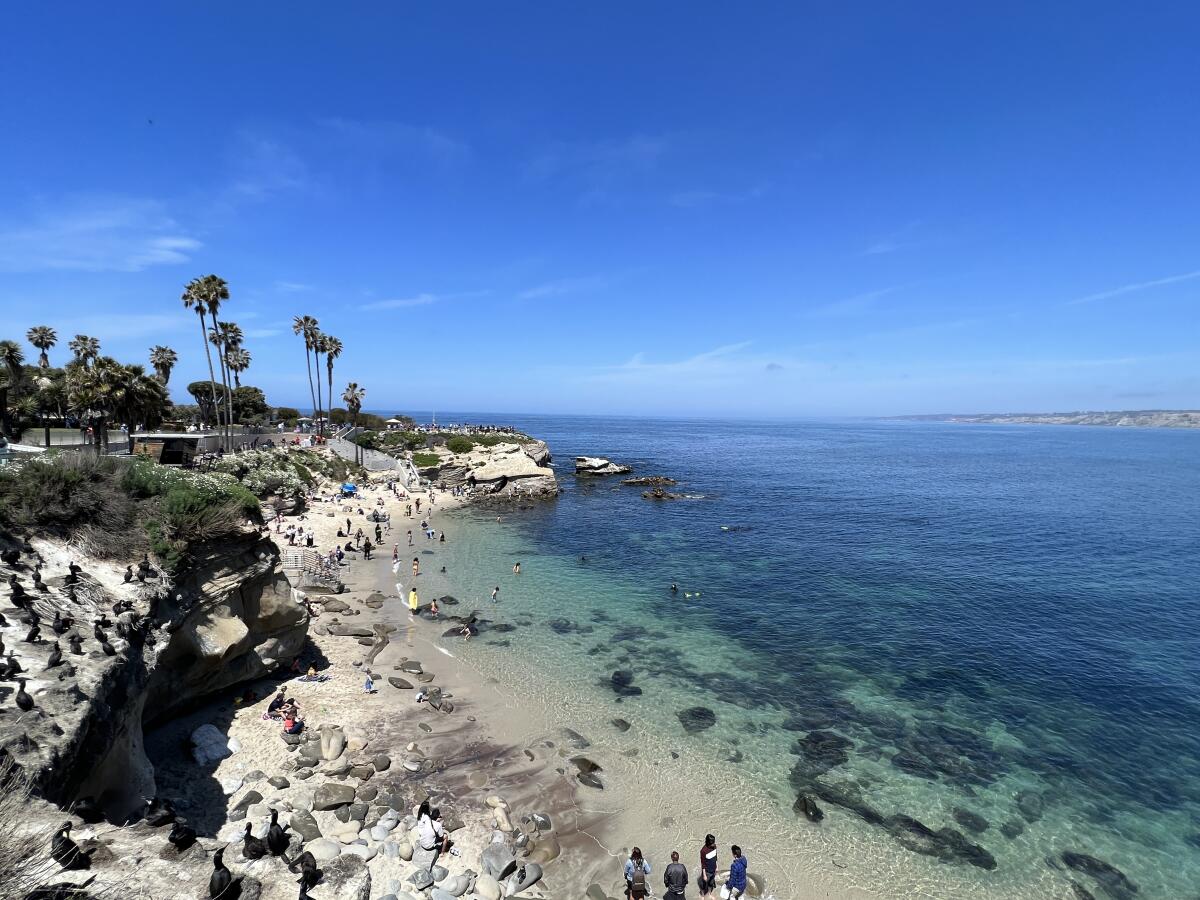
The issue of whether La Jolla should secede from San Diego and become a city of its own is back in the spotlight with a new group shepherding the effort. In this series, “Leaving San Diego?” the La Jolla Light looks into the requirements for cityhood, the people behind the proposal and the potential local and regional impacts of a city of La Jolla. This second installment explores the differences between secession from a city and incorporation from county land, the other issues of secession and the people involved in La Jolla’s process.
To become an independent city, the community of La Jolla would need to secede from the city of San Diego. If it does, it would be the first in California to separate from another city in at least 60 years.
The issue of whether La Jolla should secede from San Diego and become a city of its own is back in the spotlight with a new group shepherding the effort.
An unincorporated community most recently became a city in 2011, when Jurupa Valley incorporated in Riverside County, according to the California Association of Local Agency Formation Commissions.
After several failed attempts dating to the 1950s, a new push for La Jolla’s independence is underway. The Association for the City of La Jolla, a nonprofit organization with a board of seven La Jollans, announced in March that it is officially exploring cityhood and raising funds to complete a fiscal impact analysis by Richard Berkson of urban economics company Berkson Associates.
As a local group continues its exploration of La Jolla becoming a city independent of San Diego, the answers to many questions will signal the potential viability of such a move.
The fiscal analysis will help the association determine whether it wants to pursue the next steps to incorporation, which are:
- A formal proposal submitted to the San Diego Local Agency Formation Commission, which helps communities become incorporated
- A petition supporting incorporation signed by at least 25 percent of local registered voters
- LAFCO approval of the initiative
- Public voting showing that both a majority of La Jollans and the rest of San Diego approve of La Jolla’s secession
The last step — winning approval from the rest of San Diego — is one of the largest obstacles to seceding, according to LAFCO Executive Officer Keene Simonds.
An unincorporated community such as Fallbrook, Ramona or Rancho Santa Fe would not need approval from voters in the rest of the county if they wanted to become incorporated, Simonds said.
Possibly further complicating the issue is that questions have arisen about the process. Simonds said a citywide vote might be contingent on the number of objections received from San Diegans outside La Jolla at designated protest hearings.
Simonds and LAFCO legal counsel are still investigating that topic. The Light will revisit it in a future installment of this series.
The dual-majority voting requirement is relatively new. California’s Cortese-Knox-Hertzberg Local Government Reorganization Act of 2000 amended secession procedures to include it.
Bob Braitman, a retired LAFCO executive with experience in several of the agency’s California offices, said that between the establishment of LAFCOs in 1963 and the Cortese-Knox-Hertzberg Act, only majority approval in the community and the consent of the city council were required for a community to detach.
San Diego “would look at [La Jolla’s] independence as, ‘We’ve invested in La Jolla for 100-plus years,’” Simonds said. “‘Our residents have proportionally invested and they should have some say in this process.’”
Representatives of San Diego Mayor Todd Gloria have not commented about La Jolla’s potential independence.
Along with needing San Diego voter approval, the secession effort presents La Jolla with many other questions.
Services
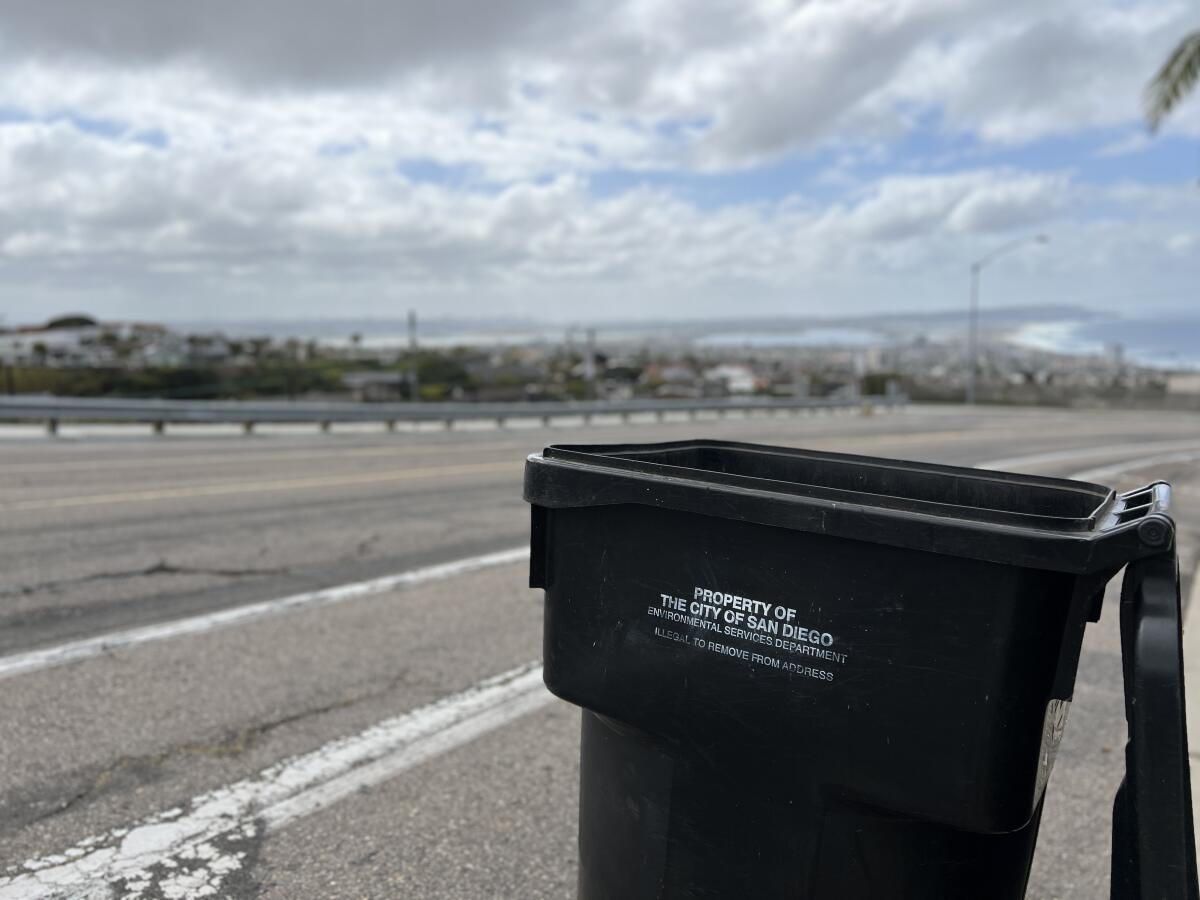
Services range from the five “core” agencies — police, fire, water, wastewater and community development — to less-thought-of services such as animal control and libraries.
In La Jolla, “a lot of those issues are already addressed,” Simonds said. “We already know the city of San Diego allocates money for these purposes,” and they will be specifically outlined in the fiscal analysis.
If La Jolla were currently unincorporated, “there would be a lot more flexibility to come up with a brand-new assumption about what some service costs are,” Simonds said.
La Jolla already having a baseline of service from San Diego is both a benefit and a burden, he said, because the Association for the City of La Jolla will have to show how La Jolla would provide those services at the same or lower cost.
That is a burden not placed on unincorporated communities seeking independence, Simonds said.
“Whatever services the city of San Diego is providing to La Jolla for its own benefit are presumably being done at the most efficient level possible,” he said. LAFCO would assume “San Diego would probably have already taken every effort possible to cut costs on everything over the course of running a city for 100 years.”
According to Simonds, the Berkson financial analysis “needs to show ... La Jolla can assume all service responsibilities from San Diego and stay in the black for at least the first three years.”
Trace Wilson, president of the Association for the City of La Jolla, said the group is waiting for the results of Berkson’s analysis to explain “who’s doing what and how much it costs.” It also is reaching out to various providers to determine the cost of contracting for their services, he said.
“We are working through that and don’t have the answer right now,” Wilson said. “But we have engaged with the San Diego Police Department to get them thinking about how they might contract services. We have also reached out to Del Mar and looked at their contract with the sheriff’s office, so we plan to talk to [San Diego] County about that.
“Other cities use EdCo for trash services … but we need to make sure that all the unions are discussing this and we are working with the right folks to make sure we aren’t losing jobs, that we are balancing jobs.”
Berkson was hired in September to do the fiscal study and hopes to finish it by midsummer. Wilson said the association has raised most of the $60,000 cost through donations and is seeking more.
‘Revenue neutrality’
Another challenge in seeking independence from a city rather than a county is the issue of “revenue neutrality,” a portion of LAFCO law that states a new city must ensure it does not “adversely affect” the larger parent city by taking vital revenue with it, Simonds said.
La Jolla “has the revenue base to be self-supportive,” he said, “whereas a place like Ramona or Fallbrook really would have to ... figure out how they can design the city business model to be cost-positive.”
But in leaving San Diego, La Jolla would “ultimately need … some kind of payment plan” to San Diego to make up lost revenue, he said.
A 2005 study commissioned by an earlier cityhood group and conducted by Berkson estimated La Jolla could owe $4.6 million in annual payments to San Diego for three years. But Berkson has said “there is no specified time frame for revenue neutrality, and there doesn’t have to be revenue neutrality. That’s subject to negotiation.”
If La Jolla is contributing more to San Diego than it gets in services, it’s sensible for La Jolla to try to break away, Simonds said.
But that leaves La Jolla with an “optical challenge” in that “it looks like a relatively well-off community is jumping ship and leaving the rest of San Diego to … be financially impacted,” he said.
Wilson said last year that although La Jolla makes up just 3 percent of San Diego’s population, it accounts for a much larger percentage of the city’s general fund through tax revenue.
He said he reached that conclusion through the 2005 fiscal analysis for cityhood, from which he extrapolated “escalations” based on inflation.
Looking at property taxes alone, the estimate for La Jolla was $22 million for 2016, when the city’s property tax revenue for the general fund was $122 million, he said. That would make La Jolla’s contribution 18 percent.
San Diego spokesman Jose Ysea was unable to furnish the city’s 2016 numbers but told the Light that in fiscal 2017, La Jolla’s ZIP code, 92037, generated just over $38 million of the $354 million in property tax revenue in the city’s general fund, amounting to 10.78 percent.
In fiscal 2021, Ysea said, La Jolla paid nearly $48 million of the nearly $439 million in property taxes in the general fund, or 10.93 percent.
When La Jolla’s share of sales tax revenue to the general fund is included (3 percent of the total in 2017 and 2 percent in 2021), the community’s overall share of property and sales taxes was 7.4 percent in 2017 and 7.3 percent in 2021, according to the figures Ysea provided.
Those numbers didn’t include transient occupancy (hotel) taxes or other fees.
LAFCO will look into “who has the better argument: the ones who are paying more into the system but feel they’re getting less out of it, or those perhaps with less means being able to benefit from the means of La Jolla in spreading out the wealth [and] funding municipal government,” Simonds said.
Wilson argues that La Jolla cityhood makes sense from a “financial and social perspective.”
“We know that when we become our own city, we will self-govern,” he said in March. “That will release the city of San Diego from a tremendous amount ... that La Jolla costs today. And we’ll be leasing back [certain] services in perpetuity. It’s a cash flow stream to the city of San Diego. … We’re seeing this as a very positive thing for San Diego.”
“If it is beneficial to release La Jolla from all costs and liability and provide new cash flow to San Diego, why wouldn’t you do it?” he added this month. “Once we have the numbers, we will see how this will uplift the region in terms of tourism revenue. .... If it is not beneficial to everyone, we won’t do it.”
Housing requirement
La Jolla’s secession also depends on how it would address housing requirements set every few years by the California Housing and Community Development Department.
The department requires municipalities to show “they have enough housing units on paper to accommodate their jobs,” Simonds said. A community that offers many jobs needs to have a lot of housing, “at least on paper,” he said.
La Jolla is “blessed with an income of sale [and] occupancy taxes that all relate to job centers,” he said, so an independent city of La Jolla would be “given proportionally higher numbers of housing assignments to balance off that job workforce.”
“How is a new city council in La Jolla going to be able to accommodate those [housing] assignments within their boundary?” Simonds said.
Jumping the hurdles
Despite the daunting task before it, the Association for the City of La Jolla believes it’s up to the “Herculean” challenge, Wilson said.
“The group is passionate about this and have been involved in this effort a number of times, but the game has changed,” he said. “The multi-generational aspect is huge. I think this is the right group.”
The association, a 501(c)(6) nonprofit registered in California, is led by board members Wilson, Janie Emerson, Brenda Fake, Diane Kane, Mary Coakley Munk, Sharon Wampler and Ed Witt. Most of them are leaders of various community organizations in La Jolla, but on this board, they are not acting in those capacities.
Here is a look at the board:

Trace Wilson: The architect and La Jolla native is involved in a series of other projects intended to improve community aesthetics, including a La Jolla Recreation Center renovation, plans to add neighborhood signs in Bird Rock, an effort to “re-naturalize” the La Jolla Bike Path and a streetscape plan throughout La Jolla. He also recently launched a plan to create a “Welcome to La Jolla” sign on Torrey Pines Road.
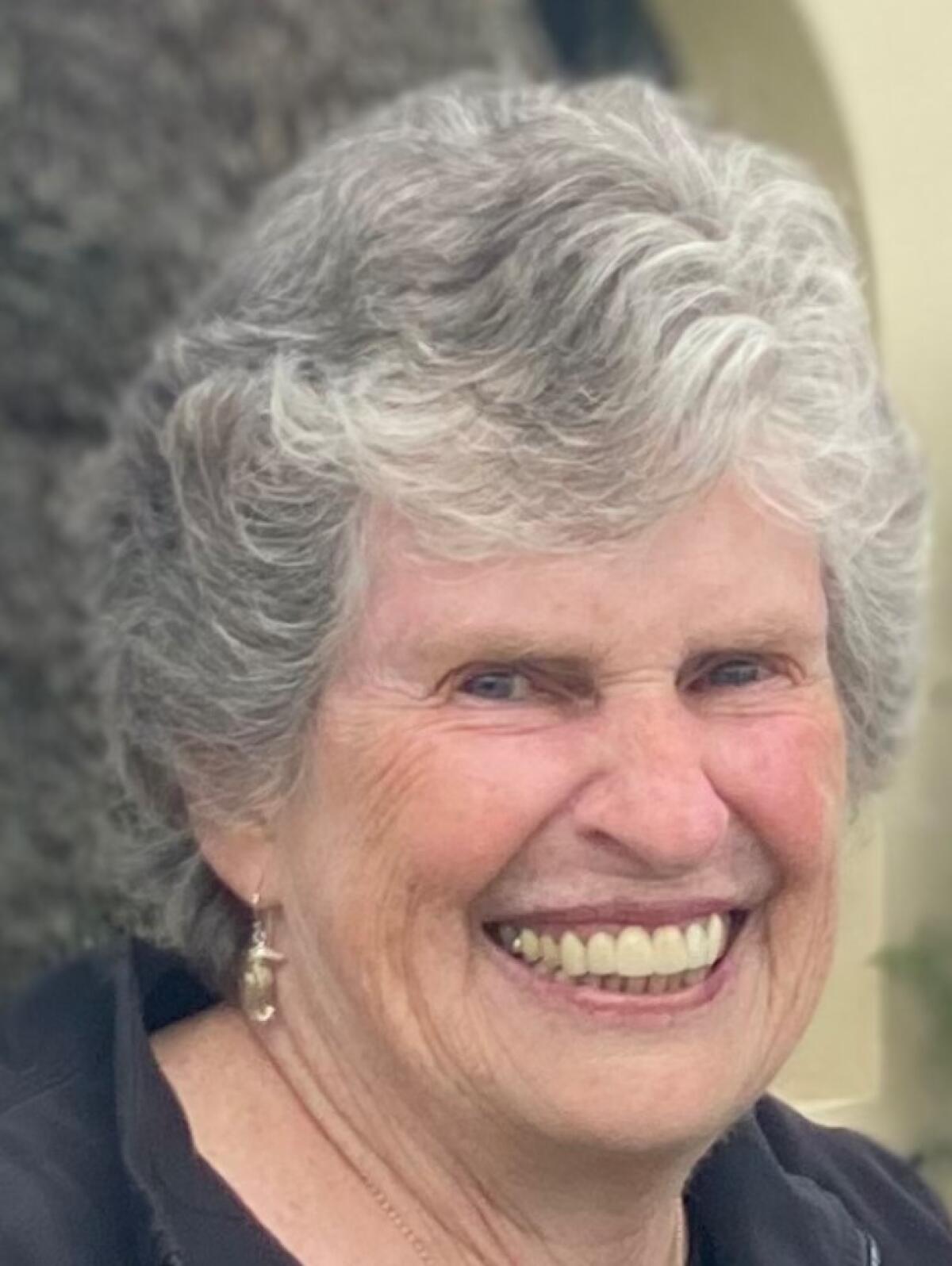
Mary Coakley Munk: The longtime member of the La Jolla Shores Association and the Walter Munk Foundation for the Oceans has helped shepherd projects around Kellogg Park, including the Map of the Grand Canyons of La Jolla Educational Plaza, a mosaic containing images depicting creatures and ocean depths just offshore. She also is the immediate past chairwoman of the La Jolla Community Recreation Group, the Rec Center’s advisory board.
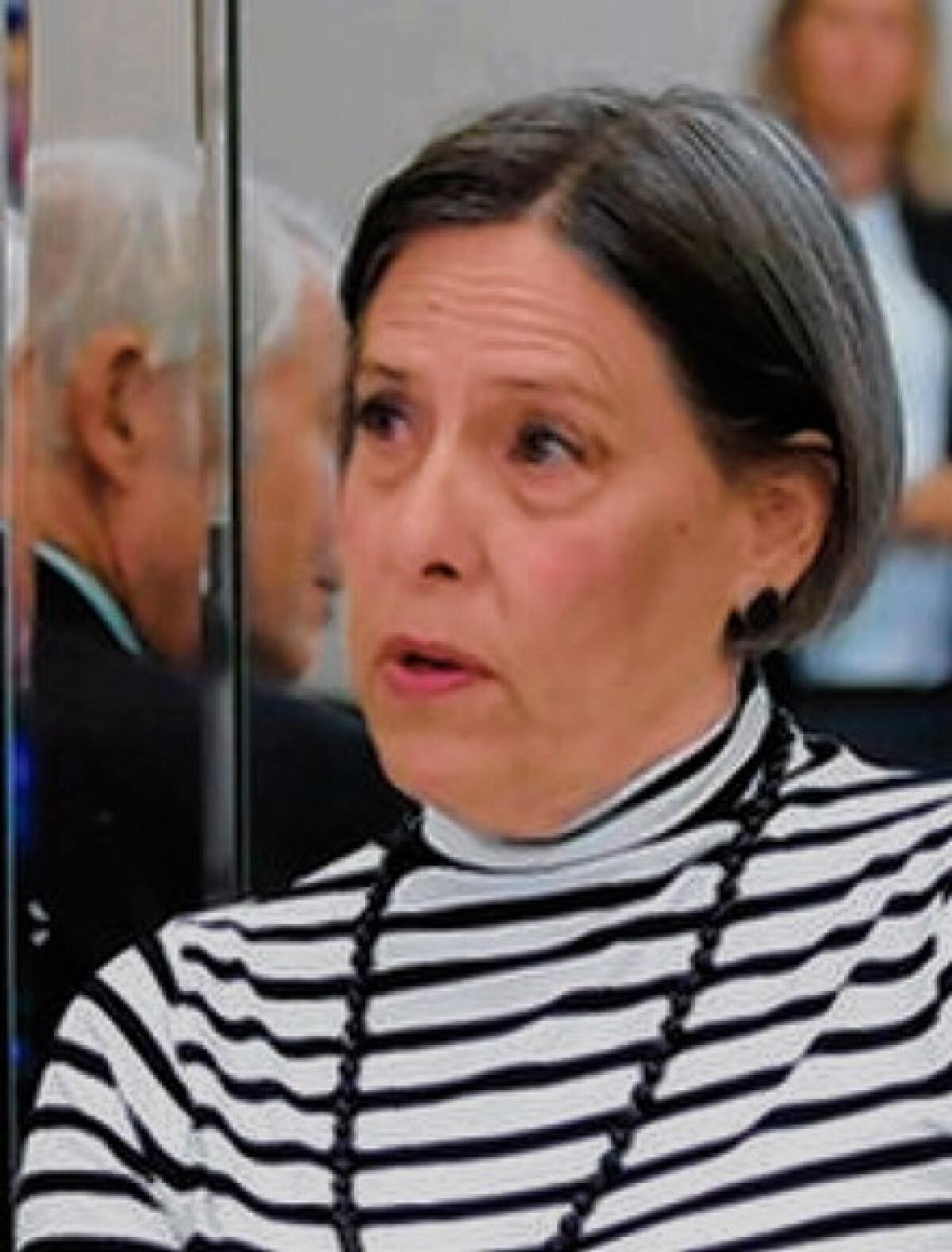
Janie Emerson: The president of the La Jolla Shores Association has been involved with the organization off and on for more than a decade. Through her community involvement, Emerson has tackled controversial residential development and fought larger developments in the area, many connected to UC San Diego. She also facilitated the continuation and renewal of The Shores’ outside dining program and has spoken at town hall meetings about the importance of police presence in the beach communities.
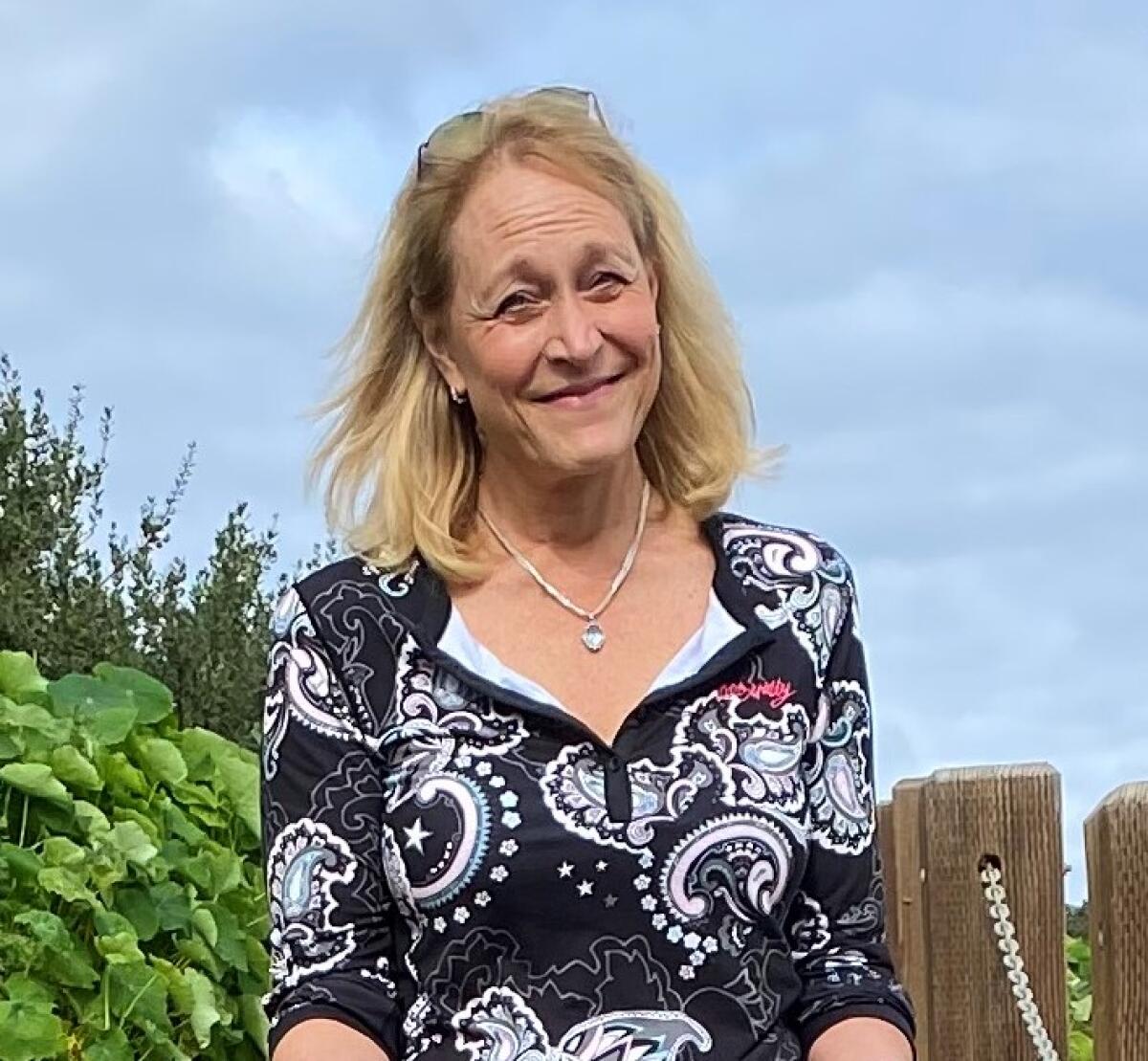
Brenda Fake: Under Fake’s watch, Friends of Coast Walk Trail worked with the city to secure a right-of-entry permit to privately raise funds for and make repairs to the trail. As a member of the La Jolla Parks & Beaches board, she is helping to identify community projects that may be too small for the city and is seeking volunteers to carry them out.

Diane Kane: A La Jolla resident since 1995, Kane retired in 2007 from the city of San Diego, where she was a senior planner for historical resources. She also has 20 years of environmental planning experience at the California Department of Transportation and is active with the La Jolla Community Planning Association and the Village Visioning Committee, which is working on streetscape enhancement, bike corridor improvements and right-of-way reallocation.
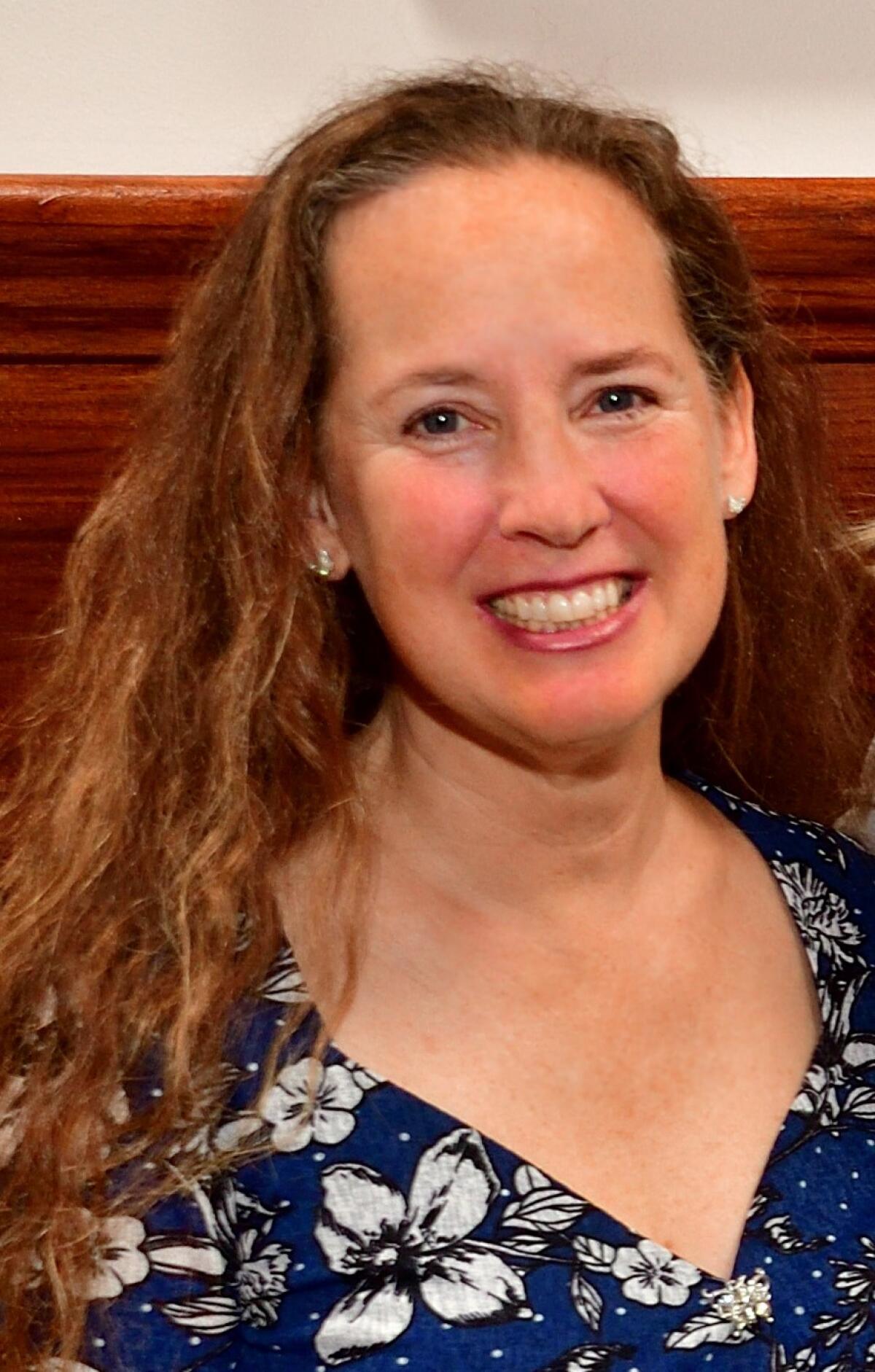
Sharon Wampler: The longtime resident of Bird Rock has been involved in development-related issues for years. As a founding member of Citizens for Responsible Coastal Development, she helped draft what she called incentive-based zoning for coastal development regulations in response to an increase in houses considered boxy, overly large and out of character with their neighborhoods. She also is a member of the Vision Bird Rock committee.
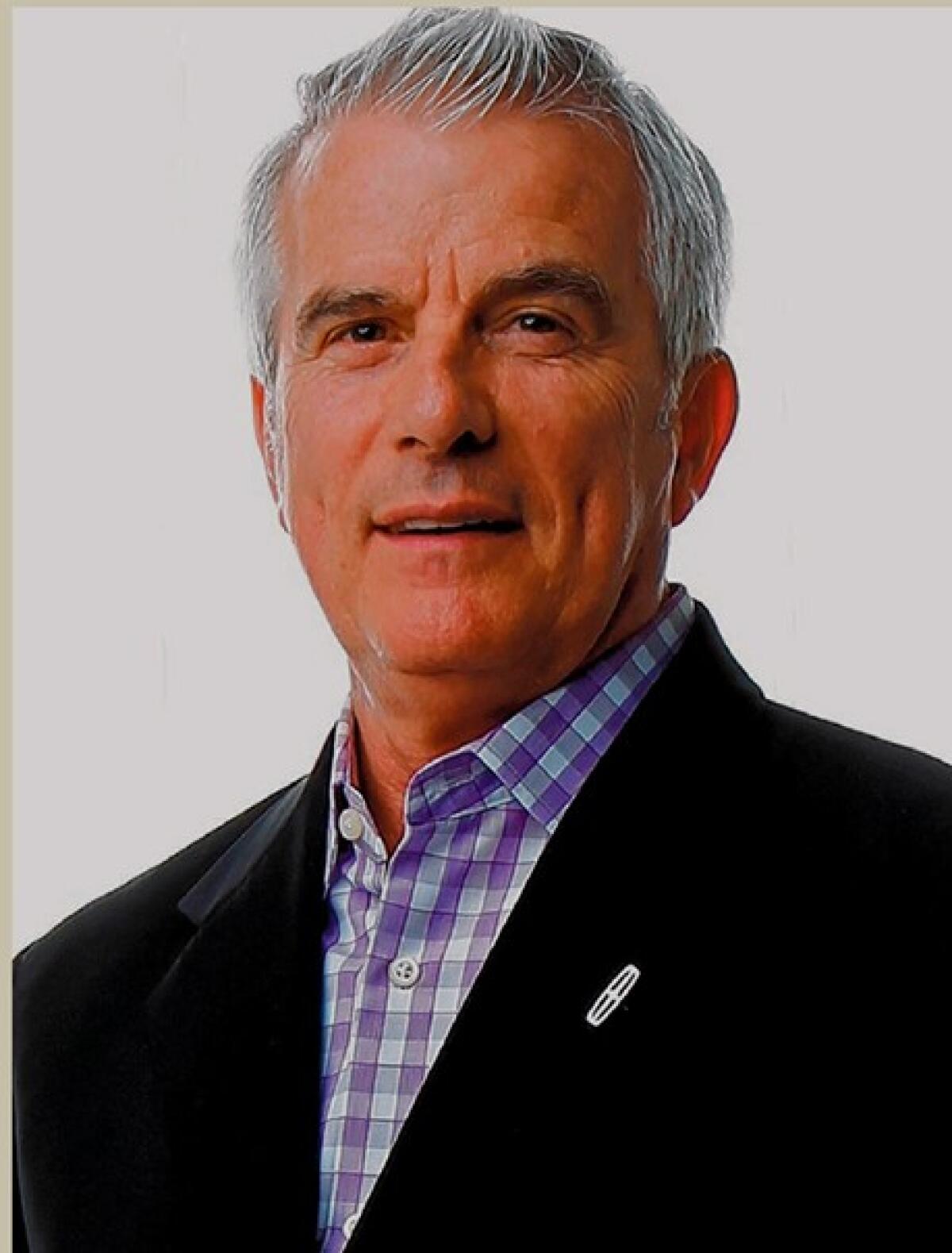
Ed Witt: Witt is the president of Enhance La Jolla, a nonprofit that administers the La Jolla Maintenance Assessment District with authority to enhance city-provided services. He also has been involved with an effort to ensure that maintenance on La Jolla Parkway is conducted in accord with a city contract. Witt and his wife, Ann, have been involved in philanthropic efforts with homeless outreach organization Father Joe’s Villages, and he facilitated the installation of dog waste disposal stands throughout La Jolla’s Village.
The next installment in the series will explore the proposed boundaries for the city of La Jolla and the reasons they were chosen. ◆
Get the La Jolla Light weekly in your inbox
News, features and sports about La Jolla, every Thursday for free
You may occasionally receive promotional content from the La Jolla Light.





